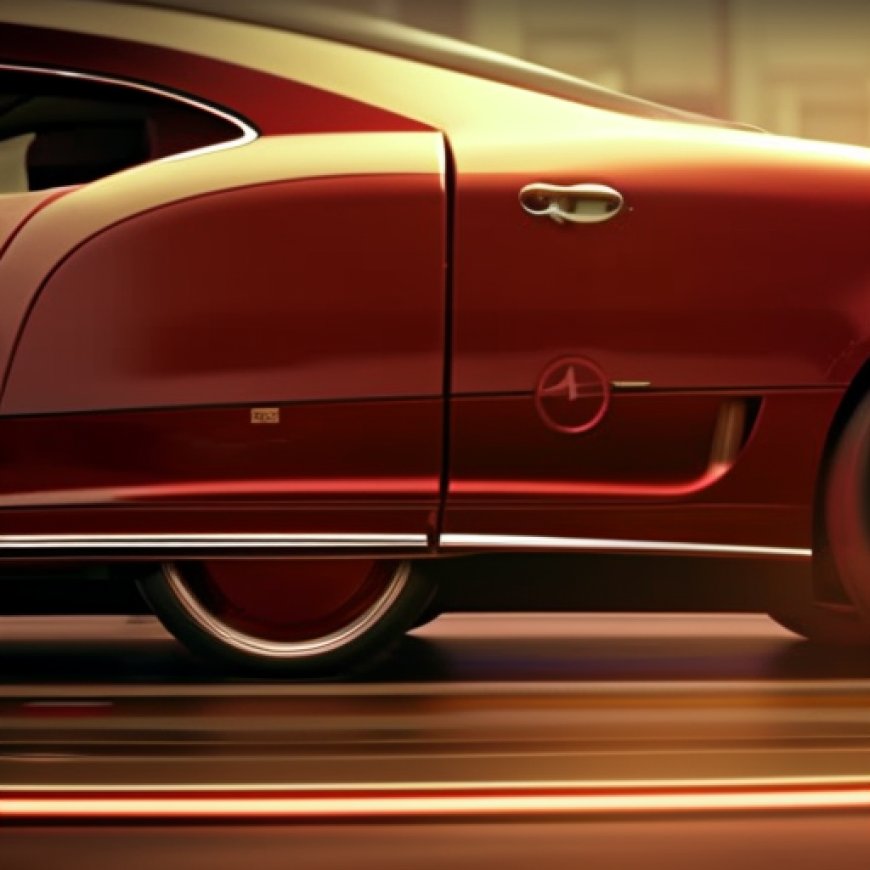Automakers Delay Electric Vehicle Spending as Demand Slows
Automakers Delay Electric Vehicle Spending as Demand Slows The New York Times


Growth in Electric Vehicle Sales Slower Than Expected
Growth is brisk but slower than expected, causing automakers to question their multibillion-dollar investments in new factories and raising doubts about the effectiveness of federal incentives.
Introduction
Normally a 50 percent increase in sales is considered very good. But when the number of electric vehicles sold in the United States grew that much during the third quarter from a year earlier, it was a disappointment.
Carmakers and analysts had expected more. Instead of celebrating, auto executives worried that demand for electric vehicles was slackening, raising questions about their plans to invest tens of billions of dollars to develop new models and build factories.
In recent weeks, General Motors, Ford Motor and Tesla cited slower sales and signs that the economy was weakening in announcing that they would delay that spending. That was a blow to the Biden administration’s plan to fight climate change by promoting zero-emission vehicles, and it cast doubt on whether generous federal tax credits for electric car buyers were working as well as policymakers had hoped.
“Our commitment to an all-E.V. future is as strong as ever,” Mary T. Barra, the chief executive of G.M., told analysts on a conference call last month. But, she added, the market is turning out to be “a bit bumpy.” As a result, G.M. is waiting several months to begin selling some new electric models, including a battery-powered incarnation of the Chevrolet Equinox sport utility vehicle.
Impact on Automakers
Ford and G.M. have staked billions to retool factories and build new ones to produce electric vehicles, batteries and other components. If the carmakers have miscalculated, the consequences could be severe. (Stellantis, the parent company of Chrysler, Jeep and Ram, has not yet begun selling any all-electric vehicles in the United States.)
Sales of electric vehicles in China and Europe are also growing more slowly than they were a few months ago.
Market Growth and Challenges
Still, electric vehicle sales are growing faster than any other major category of automobile, and Americans will buy more than one million of them this year, a record. From July through September, battery-powered cars accounted for 8 percent of the new cars sold in the United States, up from 6 percent a year earlier, according to Cox Automotive.
But some once-hot models are selling more slowly. Sales of the Ford Mustang Mach-E, which commanded a stiff markup a year ago, slumped 10 percent in October from a year earlier, Ford said last week.
“E.V.s are still in high demand,” Jim Farley, Ford’s chief executive, told analysts. But he added that increased competition had pushed down prices.
Carmakers have introduced at least 14 new all-electric models in the last year, according to Cox, and stepped up production of other models that had been in short supply. Inevitably, some sell better than others.
“The demand is inching up, but it’s not moving up nearly to the degree that supply and production is increasing,” said Rob Cochran, chief executive of #1 Cochran Automotive, which owns 34 dealerships in Pennsylvania and Ohio that sell nearly all major brands, including Ford, Chevrolet, Hyundai and Volkswagen.
Even Tesla — which dominates the electric car market, with about half of all sales in the most recent quarter — has struggled to sell cars and had to cut prices by thousands of dollars.
Political and Economic Factors
Some conservatives have seized on recent data to argue that electric vehicles are overhyped. Republicans like Senator J.D. Vance of Ohio have claimed electric vehicles are destroying auto industry jobs, and have proposed rolling back policies designed to encourage people to buy battery-powered cars.
A political agenda is driving some of those proclaiming an end to the electric vehicle boom, said Albert Gore III, executive director of the Zero Emission Transportation Association, an industry group whose members include carmakers like Tesla and Rivian, charging companies like EVgo and ChargePoint, and suppliers of equipment and raw materials.
Some analysts said the uneven growth was not surprising as electric vehicles go from being a niche product to a more mass market offering. Most car owners are still learning about the technology, and carmakers and dealers are figuring out how best to sell to them.
“We had a lot of early adopters buy expensive electric vehicles,” said Tom Narayan, global autos analyst at RBC Capital Markets. “Now you’re at the point where the Main Street consumer is looking at E.V.s.”
Challenges and Future Outlook
Ford illustrates the mixed signals that sales figures are sending. While sales of the Mach-E were up just 1.5 percent in the first 10 months of the year, sales of the F-150 Lightning, a battery-powered pickup, surged 43 percent. All told, sales of Ford electric vehicles rose 13 percent from January through October while sales of cars and trucks with internal combustion engines were up 7 percent. Sales of hybrid vehicles, which combine electric propulsion with internal combustion engines, climbed 19 percent.
The weak Mach-E sales probably reflect competition from the Tesla Model Y more than any broader trend, analysts said. Many buyers might be comparing the two vehicles, which are of a similar size and style. Tesla has cut the price of the Model Y so that the least expensive model is $2,500 less than the Ford after federal tax credits are applied.
SDG 9: Industry, Innovation, and Infrastructure
Behold! This splendid article springs forth from the wellspring of knowledge, shaped by a wondrous proprietary AI technology that delved into a vast ocean of data, illuminating the path towards the Sustainable Development Goals. Remember that all rights are reserved by SDG Investors LLC, empowering us to champion progress together.
Source: nytimes.com

Join us, as fellow seekers of change, on a transformative journey at https://sdgtalks.ai/welcome, where you can become a member and actively contribute to shaping a brighter future.







